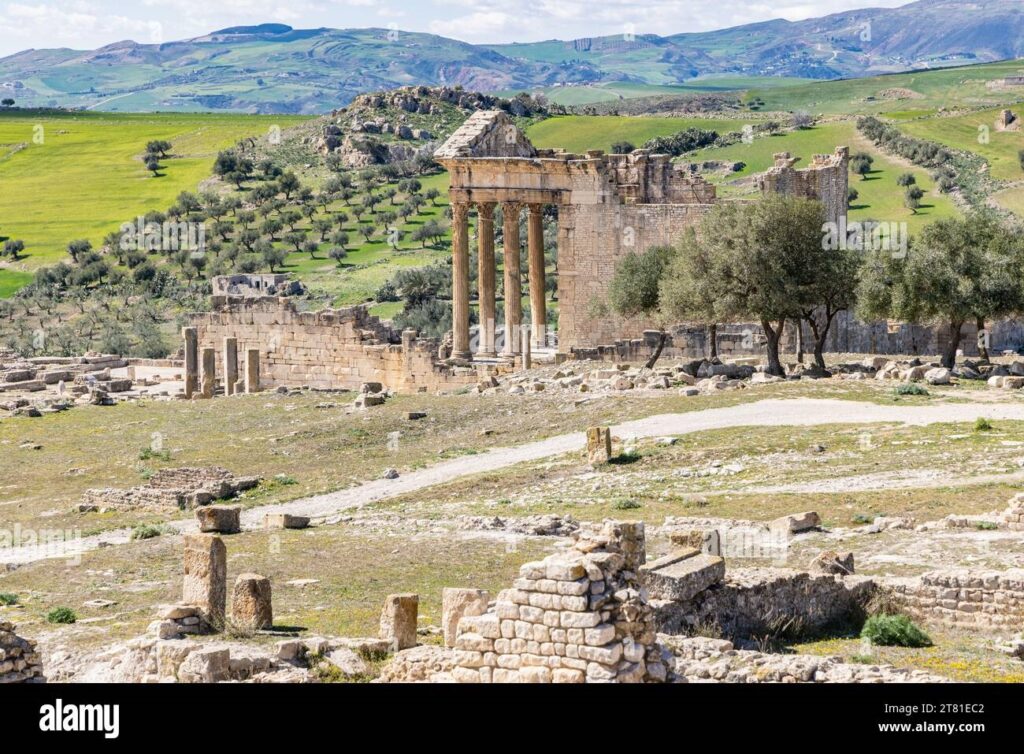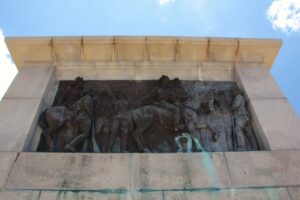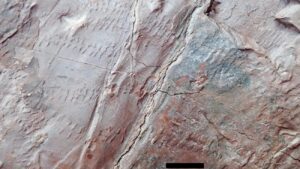Best Monuments to Visit in Beja, Tunisia
Nestled in the northwestern part of Tunisia, Beja is a charming city that offers a rich tapestry of history, culture, and stunning architecture. Known for its fertile lands and vibrant markets, Beja is also home to some of the most fascinating monuments in the country. Whether you’re a history buff, an architecture enthusiast, or simply a curious traveler, Beja’s monuments provide a captivating glimpse into Tunisia’s past and present.
What to See
- The Roman Bridge: One of Beja’s most iconic landmarks, the Roman Bridge is a testament to the engineering prowess of ancient civilizations. Spanning the Medjerda River, this stone bridge has stood the test of time and continues to be a vital crossing point for locals. Walking across the bridge, you can enjoy picturesque views of the surrounding landscape and imagine the countless travelers who have crossed it over the centuries.
- The Great Mosque of Beja: This mosque is a beautiful example of Islamic architecture, with its intricate tile work and elegant minaret. Built in the 17th century, the mosque is not only a place of worship but also a symbol of Beja’s rich cultural heritage. Visitors are welcome to explore the mosque’s courtyard and admire its stunning design, though it’s important to dress modestly and respect local customs.
- Beja’s Old Town: Wandering through the narrow streets of Beja’s Old Town is like stepping back in time. The area is filled with traditional houses, bustling markets, and charming cafes. Be sure to visit the local souk, where you can find everything from fresh produce to handmade crafts. The Old Town is a great place to soak up the local atmosphere and experience the daily life of Beja’s residents.
A Bit of History
Beja’s history dates back to ancient times, with evidence of human settlement in the area as early as the 4th century BC. The city was an important center during the Roman Empire, known as “Vaga,” and played a crucial role in the region’s agricultural production. Over the centuries, Beja has been influenced by various cultures, including the Byzantines, Arabs, and Ottomans, each leaving their mark on the city’s architecture and culture. Today, Beja is a vibrant city that celebrates its diverse heritage while embracing modernity.
Interesting Facts
- Beja is often referred to as the “Granary of Tunisia” due to its fertile lands and significant agricultural output, particularly in wheat production.
- The city hosts an annual festival celebrating its agricultural heritage, featuring traditional music, dance, and food.
- Beja’s Roman Bridge is one of the oldest surviving bridges in Tunisia and is still used by pedestrians and vehicles today.
How to Get There and Tips for First-Time Visitors
Beja is easily accessible from Tunis, the capital of Tunisia, which is about 105 kilometers away. You can reach Beja by car, bus, or train. The train journey offers a scenic route through the Tunisian countryside and takes approximately two hours. If you prefer driving, the trip takes about an hour and a half via the A3 highway.
For first-time visitors, it’s helpful to know that Beja is a relatively small city, making it easy to explore on foot. The local currency is the Tunisian dinar, and it’s a good idea to have some cash on hand for small purchases, as not all places accept credit cards. While French and Arabic are widely spoken, you may encounter locals who speak English, especially in tourist areas.
When visiting religious sites like the Great Mosque, remember to dress modestly and remove your shoes before entering. Beja is generally safe for tourists, but it’s always wise to stay aware of your surroundings and keep an eye on your belongings.








